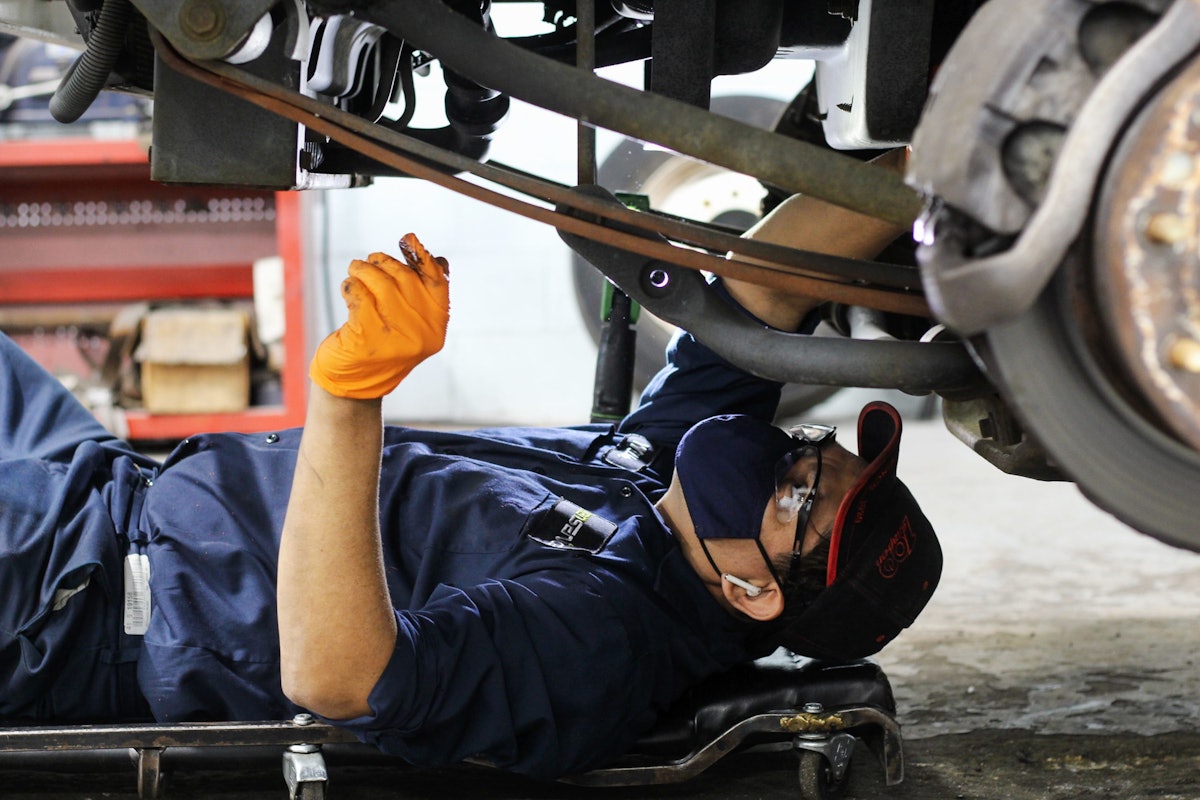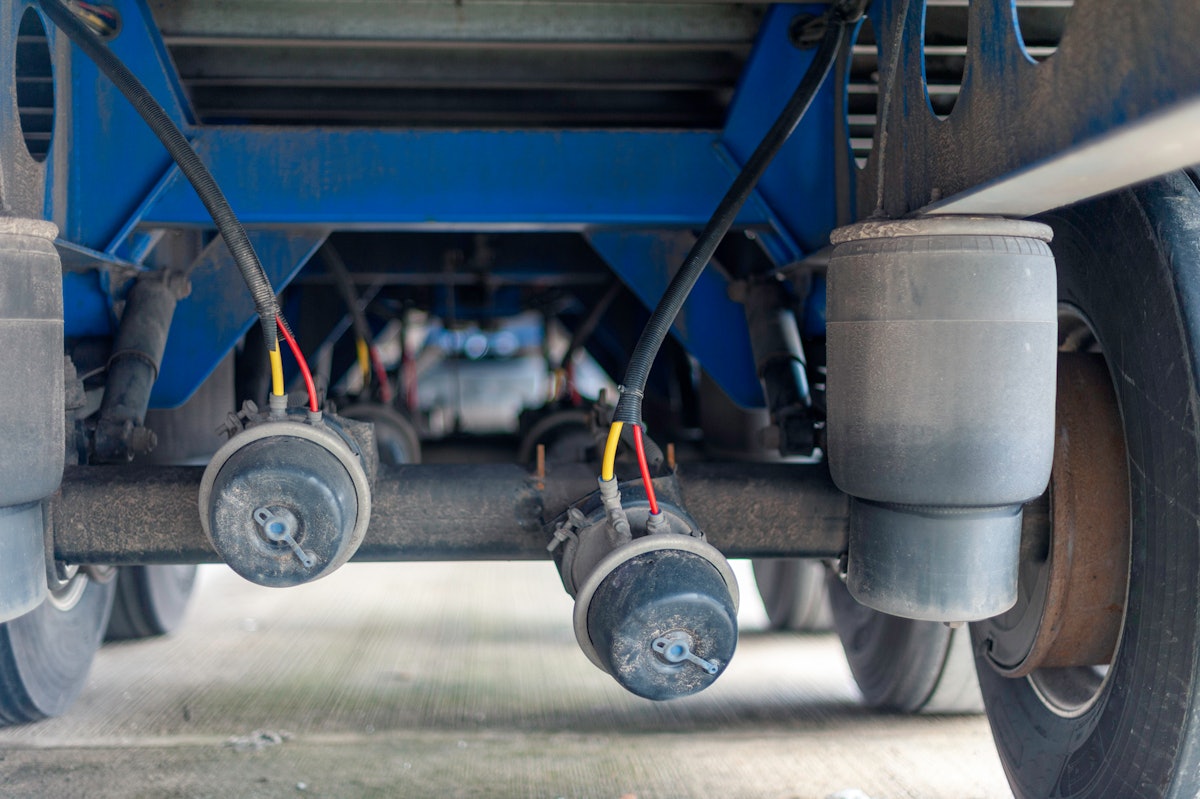Inspection of Air Brake System in Heavy-Duty Vehicles
1.Introduction
The air brake system is a critical component in heavy-duty vehicles, ensuring safe and efficient braking. Regular inspection and maintenance of the air brake system are essential to prevent accidents, optimize vehicle performance, and comply with regulatory standards. This case study focuses on the inspection of the air brake system in heavy-duty vehicles, highlighting the key steps involved, common issues encountered, and best practices for ensuring proper functionality.
2.Case Study Overview
2.1 Vehicle Description
Provide a brief overview of the heavy-duty vehicle used in the case study, including its make, model, and any unique characteristics or specifications related to the air brake system.
2.2 Inspection Objectives
Outline the specific objectives of the air brake system inspection, such as identifying potential faults, assessing component wear, and ensuring compliance with safety regulations.
3.Inspection Procedure
3.1 Pre-Inspection Preparation
Describe the necessary preparatory steps, including obtaining the appropriate tools, reviewing manufacturer guidelines, and ensuring the vehicle is parked on a level surface.
3.2 Visual Inspection
Explain the visual inspection process, which involves examining various components of the air brake system, such as air tanks, hoses, valves, and connections, for signs of wear, damage, leaks, or improper installation.
3.3 Functional Testing
Detail the functional testing phase, which includes checking the operation of key brake system components, such as the compressor, governor, air dryer, brake chambers, slack adjusters, and control valves. Provide step-by-step instructions for conducting each test and interpreting the results.
3.4 Pressure Testing
Describe the pressure testing procedure, which involves measuring and verifying air pressure at different stages of the braking system, such as the reservoir, primary and secondary tanks, and brake chambers. Explain how to use a pressure gauge and the acceptable pressure ranges for each component.
3.5 Brake Adjustment Inspection
Explain the process of inspecting the brake adjustment mechanism, including checking the slack adjusters for proper stroke length, verifying the pushrod travel, and assessing the brake shoe condition.
3.6 Documentation and Reporting
Highlight the importance of documenting the inspection findings and any identified issues. Discuss how to prepare a detailed report that includes observations, measurements, recommended repairs, and compliance status.
4.Common Issues and Troubleshooting
Present a list of common issues that may be encountered during the air brake system inspection, such as air leaks, worn brake linings, malfunctioning valves, or inadequate air pressure. Discuss potential causes, their implications for safety and performance, and recommended troubleshooting steps.
5.Best Practices
Provide a set of best practices for conducting air brake system inspections in heavy-duty vehicles, including regular maintenance schedules, adherence to manufacturer guidelines, proper training for inspectors, and the use of reliable testing equipment
6.Conclusion
Summarize the key findings and outcomes of the case study, emphasizing the importance of thorough inspections and proactive maintenance in ensuring the safety and optimal performance of air brake systems in heavy-duty vehicles.This case study serves as a general guideline for inspecting air brake systems in heavy-duty vehicles. It is crucial to consult vehicle-specific manuals and guidelines provided by manufacturers and regulatory bodies for accurate and up-to-date information.







































